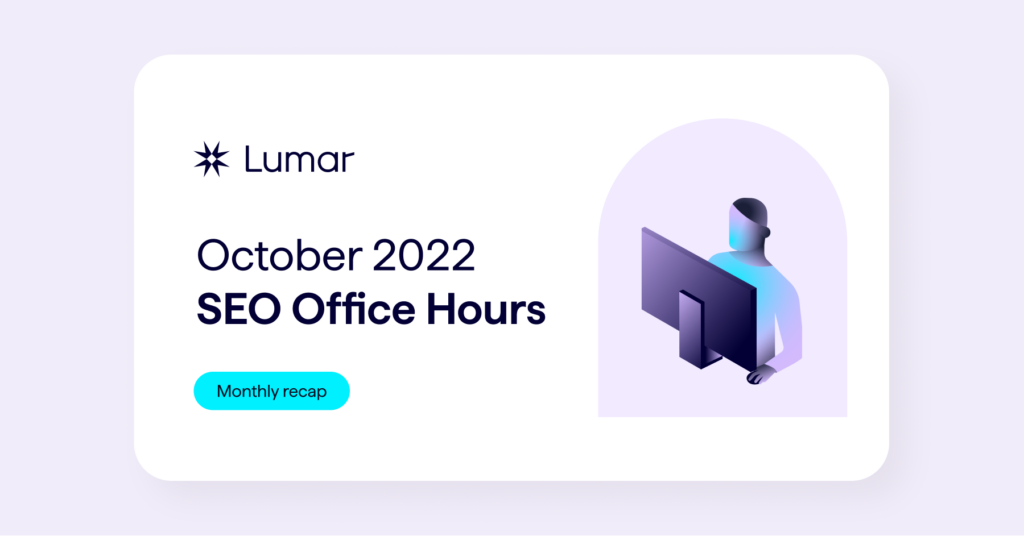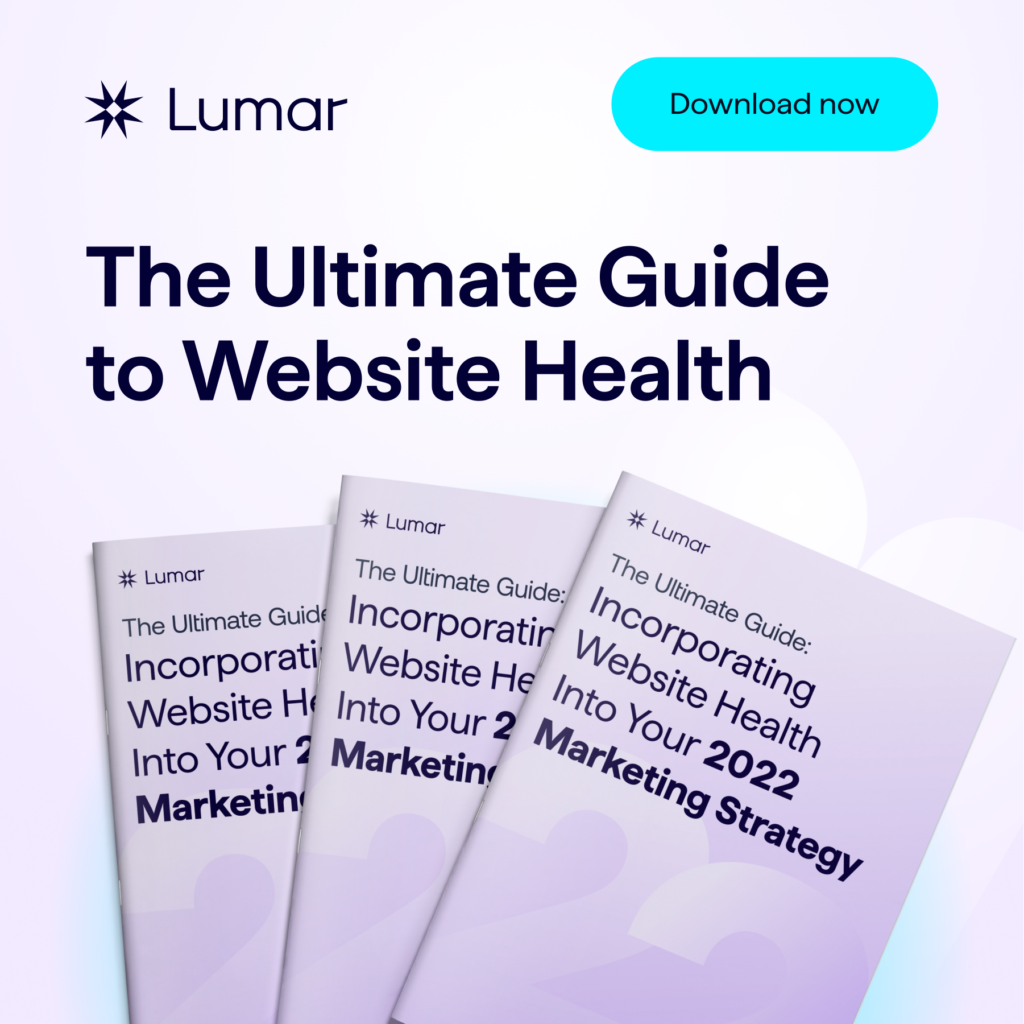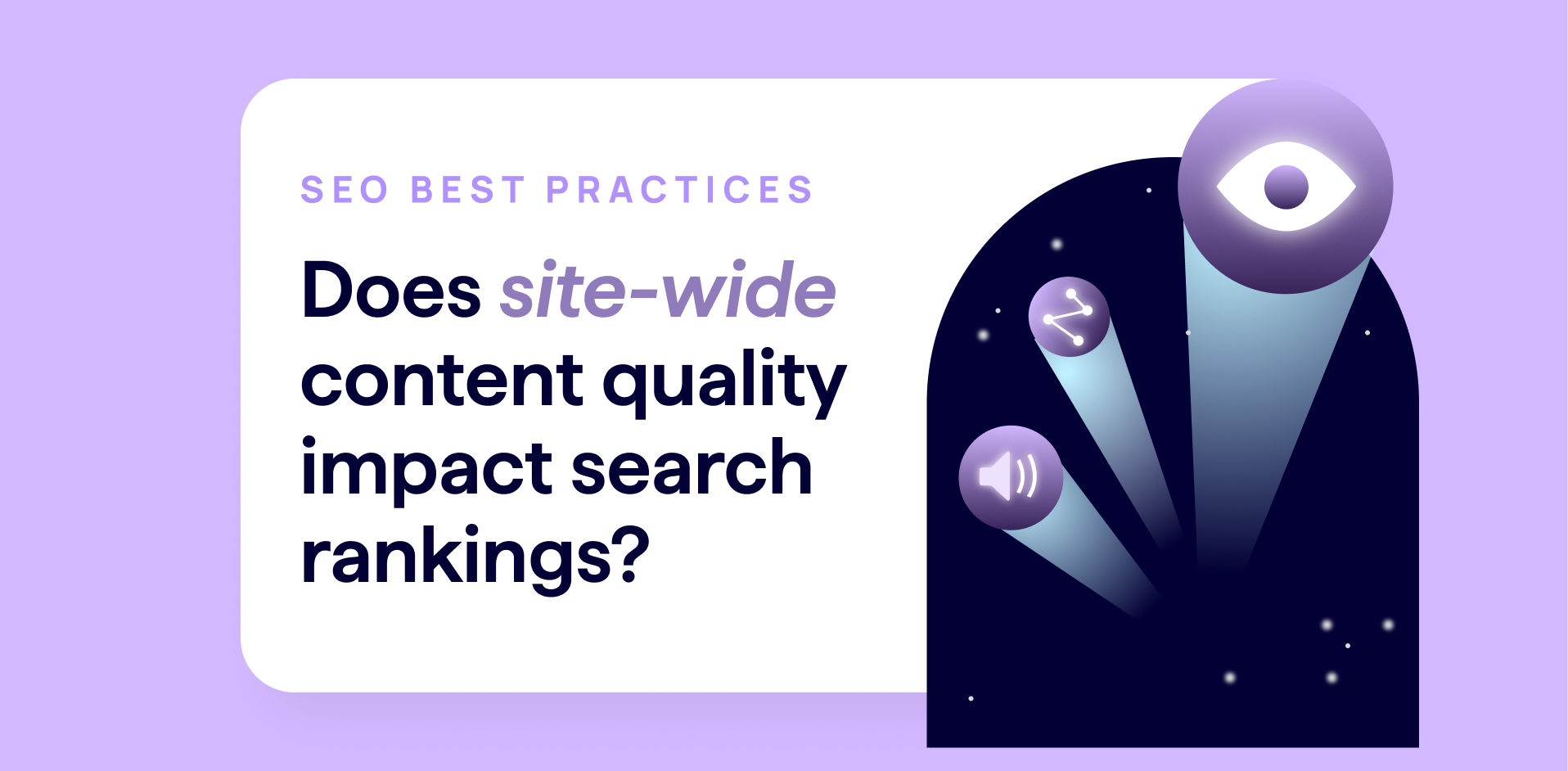We’re back with our monthly round-up of the key takeaways from Google Search Central’s SEO Office Hours sessions. As always, you can browse our full library of SEO Office Hours takeaways or read on below for advice from the most recent sessions.
There’s no way to guarantee that users are shown the correct international version of your site
For international sites, there’s no way to guarantee users will be taken to the desired version every time. The focus should be on following best practices and then ensuring users can find the right version as easily as possible once they’re on the site. It’s recommended to implement a banner when you recognize users are in the wrong location.
Avoid automatic redirects, as you can never be 100% sure which version users want (a user’s geographical location doesn’t necessarily match their preferred market or language). Automatic redirects happen to Google too, so this method could cause search engines to miss other language versions of your site.
Skip directly to this part of the session video below:
Get more tips for website internationalization best practices in the SEO Office Hours Library.
Sometimes, hyphens in keywords do matter (but, as always, it depends…)
Adding hyphens to keywords can, theoretically, change the meaning of that word or phrase. This is more common in some languages than others. Therefore, adding and removing hyphens can lead to things being seen as different words in the eyes of Google (although it depends on the circumstances). Try to match what the majority of your audience seems to be using as a priority.
Skip directly to this part of the session video below:
Get more tips for keyword optimization in the SEO Office Hours Library.
Is it possible to have too many external links in your website content?
Any limit on outgoing external links that Google has is theoretical and unlikely to get reached naturally.
One user asked whether there’s a limit to the number of external links they can use on an editorial piece of content. Google’s John Mueller said that, theoretically, there is a limit, but even sites with mega menus on their pages are unlikely to ever reach this limit. Just be reasonable and include links that are going to add genuine value for users. As long as you’re not using external links in a very over-the-top way, you’ll most likely be fine.
Skip directly to this part of the session video below:
More SEO tips related to linking best practices can be found in the SEO Office Hours Library.
The cached version of a web page has no impact on Search and Top Stories
Web cache is just a convenience feature. As long as your content appears in the rendered HTML, it doesn’t matter for search purposes whether it’s in the web cache.
Skip directly to this part of the session video below:
Get more key takeaways on caching in our SEO Office Hours Library.
“Indexed, though blocked by robots.txt” pages aren’t always an issue
One user asked about having hundreds of pages showing as ‘Indexed, though blocked by robots.txt’ in GSC. This only really becomes a problem if the blocked pages are ranking in place of the content you want indexed. Much of the time, pages showing this error in GSC can only be found via a site: search, and even then many of them get omitted from the initial results. It’s highly unlikely that users would ever come across these, so digging into how and why they’re being found by other sources becomes a much lower priority. If they are showing up in place of actual content, you need to question why Google isn’t prioritizing the desired version in the way you’d expect them to.
Skip directly to this part of the session video below:
Get more key takeaways on indexing in our SEO Office Hours Library — or read our Guide to Search Engine Indexing.
Merging two websites together can be complex, but isn’t inherently ‘good’ or ‘bad’ for SEO
Merging two websites together essentially creates a new entity. Google must explore and review how this fits into the wider search landscape as it would with any other new site.
Site migrations that involve merging content from multiple domains can be complicated, but it’s sometimes the only option. It’s therefore not a bad tactic, but extra care should be taken to ensure every step is well documented in case errors do occur.
Skip directly to this part of the session video below:
Get more tips relating to site migrations and domain migrations in our SEO Office Hours Library. Also check out our article: The Website Migration Checklist for SEO.






